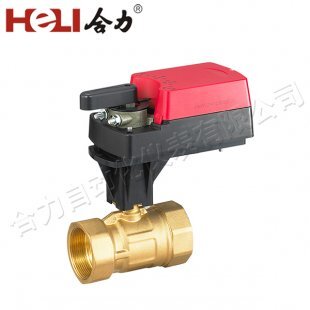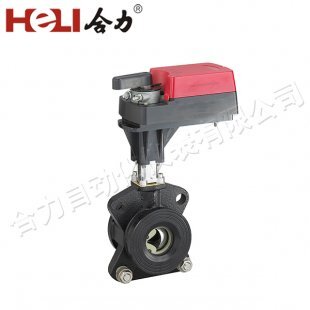The rapid growth in energy storage systems, particularly lithium-ion batteries, has led to significant advancements in various technologies. One such innovation is the lithium battery damper actuator, a key component in optimizing the performance and longevity of lithium-ion batteries in diverse applications. These actuators play an essential role in controlling the temperature and pressure within batteries, ensuring their safety, efficiency, and stability. This article explores the functionality, importance, and future prospects of lithium battery damper actuators in energy storage systems.

What is a Lithium Battery Damper Actuator?

A lithium battery damper actuator is a mechanical system designed to regulate and control the pressure and temperature inside lithium-ion batteries. These actuators are typically used in battery management systems (BMS) to monitor and adjust the conditions within the battery pack. Their primary role is to manage thermal expansion, dissipate heat, and control the pressure that can build up inside the cells due to temperature fluctuations or other factors. Lithium-ion batteries are known for their high energy density, making them ideal for use in electric vehicles, renewable energy storage, and portable electronic devices. However, they also present certain challenges, such as overheating, thermal runaway, and the potential for dangerous pressure buildup. To mitigate these risks, damper actuators help maintain optimal conditions, preventing battery failure and enhancing the overall safety of the battery system.

Leave a Reply